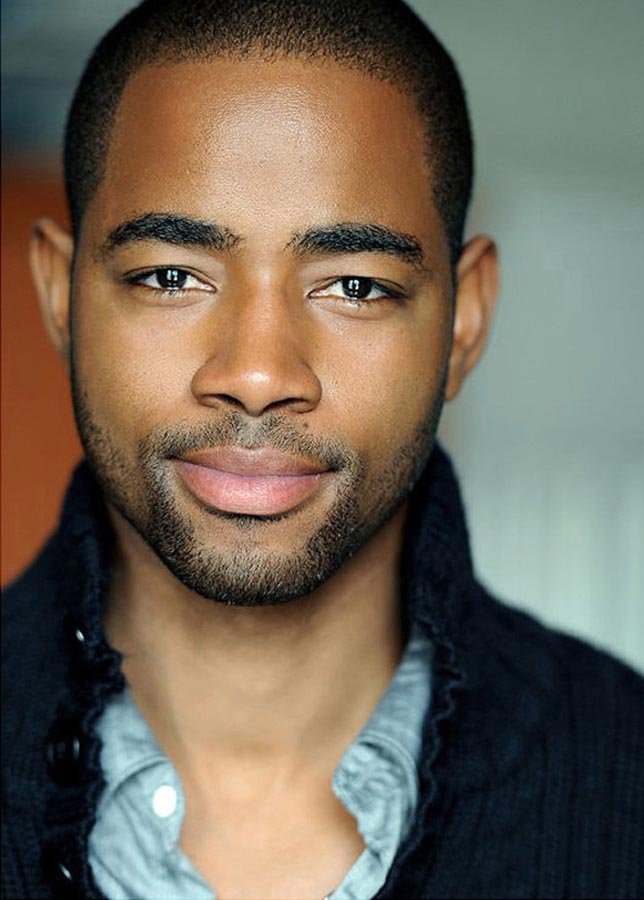Photography Sage
Your guide to capturing moments and mastering photography skills.
Behind the Lens: Crafting the Perfect Headshot
Discover expert tips to capture stunning headshots that radiate confidence and personality. Elevate your image today!
The Art of the Headshot: Essential Techniques for Capturing Authenticity
The art of the headshot lies in its ability to convey authenticity and personality in a single frame. To achieve this, the photographer must focus on several essential techniques. First, establishing a comfortable environment for the subject is crucial. This involves choosing a location that resonates with the person being photographed, whether it's a studio or an outdoor setting, as discussed in Photography Tips. Next, consider the lighting; natural light can create soft shadows that enhance the subject's features, while controlled studio lighting can be manipulated to highlight specific aspects of their personality.
Another vital element is composition. A well-composed headshot emphasizes the subject's eyes, as they are often the focal point of any portrait. Using techniques such as the rule of thirds can guide the placement of the subject's face within the frame. Additionally, engaging with the subject through conversation can elicit genuine expressions, showcasing their true self. For more insights on composition techniques, refer to Digital Photography School. Ultimately, mastering the art of the headshot involves a blend of technical skills and an understanding of human connection.

5 Key Elements to Consider When Crafting a Stunning Headshot
When crafting a stunning headshot, the first key element to consider is lighting. Natural light is often the best choice, as it highlights your features without harsh shadows. Consider shooting during the 'golden hour'—the period shortly after sunrise or before sunset—for a warm, flattering glow. According to Photography Talk, good lighting can make or break your shot, enhancing the overall quality and professionalism of your headshot.
Another essential aspect is background. A clean, uncluttered background allows the focus to remain on your face, while a professional setting can convey the right message to potential clients or employers. Solid colors or subtle textures work best, as they do not distract from your expression. Canva emphasizes that choosing the right backdrop can significantly enhance the appeal of your headshot, making it not just a photo but a compelling visual statement.
What Makes a Headshot Stand Out? Tips from Professional Photographers
When it comes to capturing a captivating headshot, professional photographers emphasize the importance of lighting. Good lighting not only enhances the subject's features but also sets the mood of the photograph. Natural light is often favored, as it can create soft, flattering shadows that highlight the subject's best attributes. For those looking to understand the nuances of lighting, photographer Digital Photography School provides expert tips.
Another key element that makes a headshot stand out is the expression and posture of the subject. A genuine smile or a confident pose can make a significant difference in how the headshot is perceived. Professional photographers suggest practicing different expressions in front of a mirror or during a photo session. For more insight on how to bring out authentic emotions in photography, check out Bored Panda's gallery featuring striking examples of remarkable portraits.